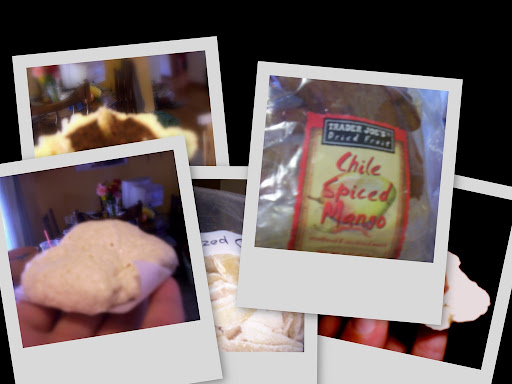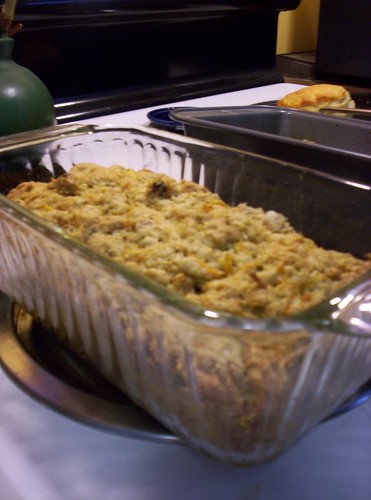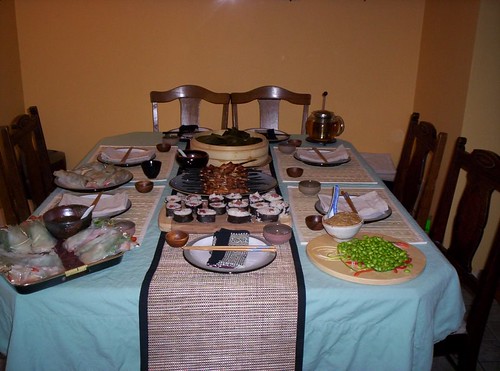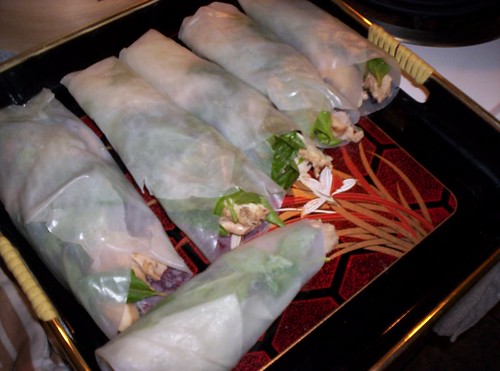The classic craving combined
Today was a lovely day. My husband and I enjoyed some leisure time by borrowing a friend’s sailboat and having two hours of leisure on a local lake. The trip was relaxing, but my thoughts turned to poor Cate at Sweetnicks, who is prepping to move and probably not having a very relaxing start to her weekend. She has asked us all to bring our “Go-to” dish to I'll Show You Mine If You Show Me Yours #5. I imagine Cate could use some of my double chocolate bread when her bowls are all packed from the move and that Egg McMuffin from the local golden arches doesn’t sound appetizing.
I took this bread to one potluck and now it is requested frequently by friends who invite us over for dinner. Some days I am lazy and let the bread maker to do all the work, on other days I just miss the feel of bread dough and I’ll mix up a batch by hand. My most requested bread is Double Chocolate Yeast Bread. It has just enough sweetness not to overpower but all that great yeasty goodness that we all enjoy right out of the oven.
Double Chocolate Bread
1 ½ pound loaf (16 slices)
My recipe is a bread machine recipe that I have had to fine-tune to work just right. I have included instructions for those of you who would like to cook this bread outside of a machine.
- ¾ c milk
- 1 egg
- 2 T water
- 1 T butter, cut up
- 1 ½ t vanilla
- 3 c bread flour
- 3 T packed brown sugar
- 4 t unsweetened cocoa powder
- ¾ t salt
- 1 t active dry yeast
- 2/3 c (4 oz) semisweet chocolate pieces (or your favorite chocolate chip) taken straight from the freezer
- Add the ingredients to the machine according to manufacturer’s directions or mix in the regular bread order by hand.
- For the bread maker select basic white cycle with a light crust (my machine undercooks this bread with a light crust so I use medium.) or pick the dough cycle which has a rise time of one hour included.
- The rest of the steps are for non-machine baking – after the first rise, remove, punch down, let rest 10 min, and shape into 2 loaf pans.
- Place in a room temperature area with no draft. Let rise for 55 minutes.
- Preheat oven to 375 F. After placing loaves into the oven lower to 350 F. Cook for 30 min till internal temp reaches 204 F and the bottom of the loaf is hard. Because of the chocolate, this bread is hard to judge when it is done by color.
Recipe Follows











